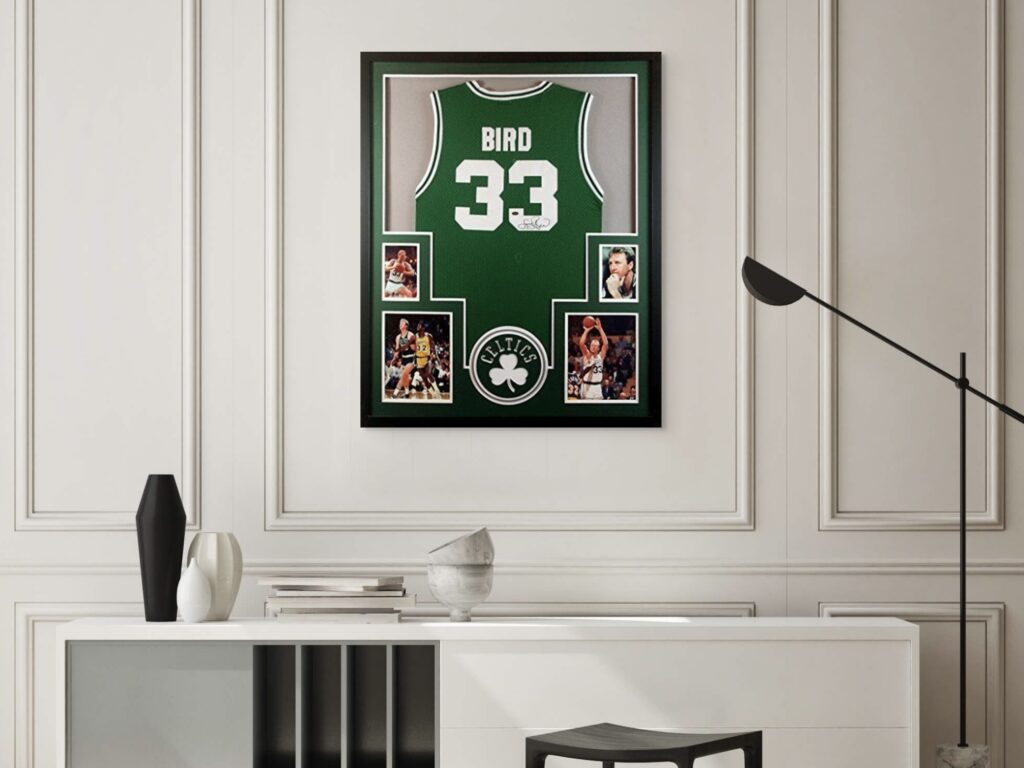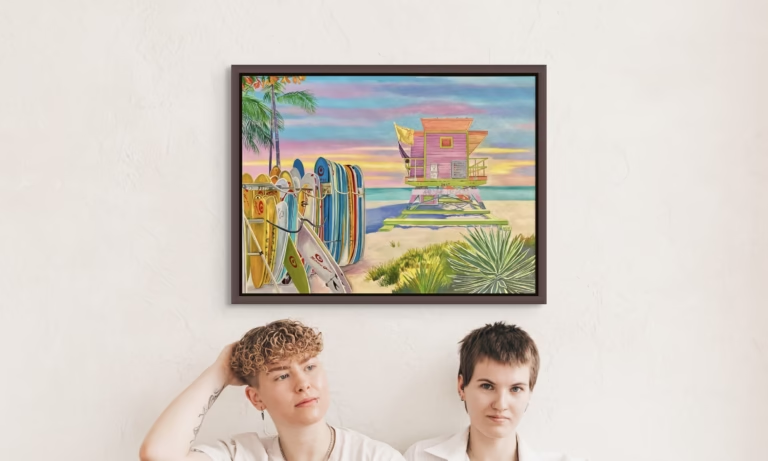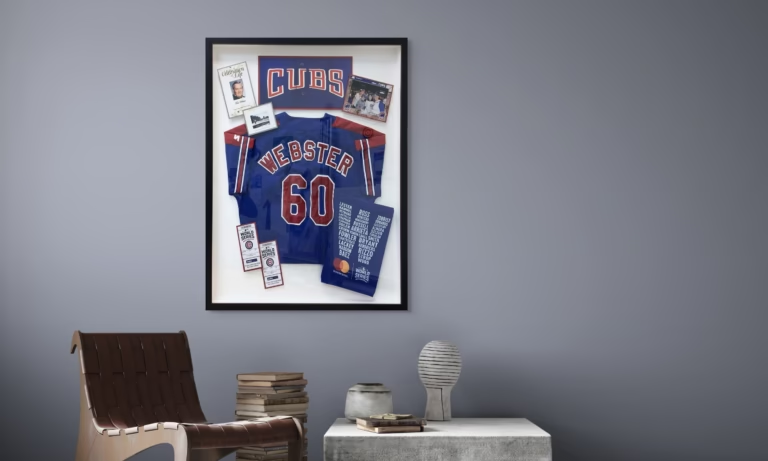How Shadow Boxes Work: What They Are & Why They’re Used
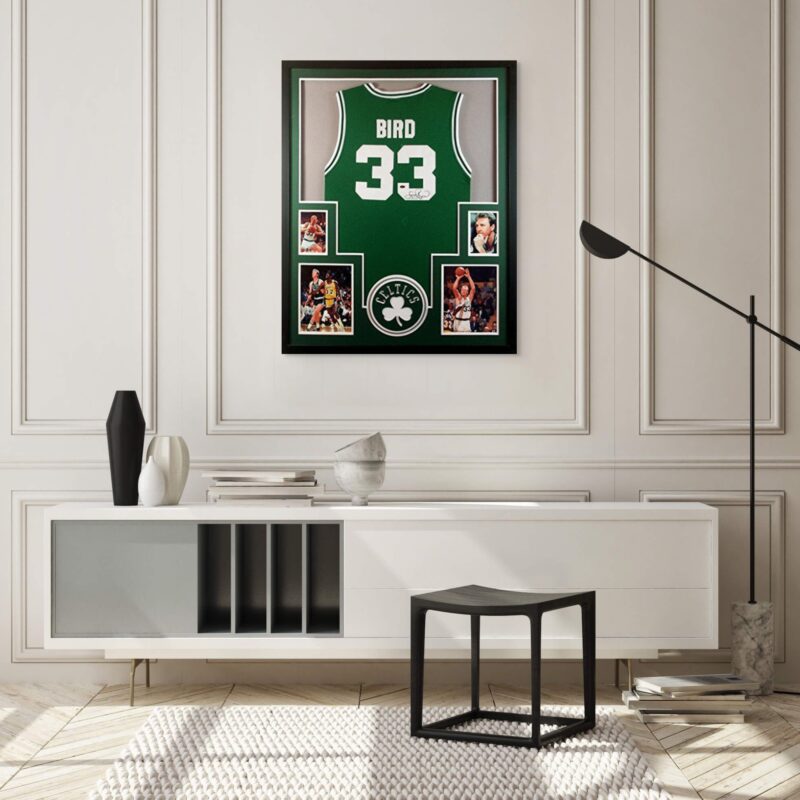
Shadow boxes offer a unique and captivating way to display and preserve memories, collectibles, and art. They are a step beyond traditional frames, creating a sense of depth and dimension that enhances the visual appeal of the displayed items. This article delves into the workings of shadow boxes, exploring their design, functionality, and the creative ways they can be used.
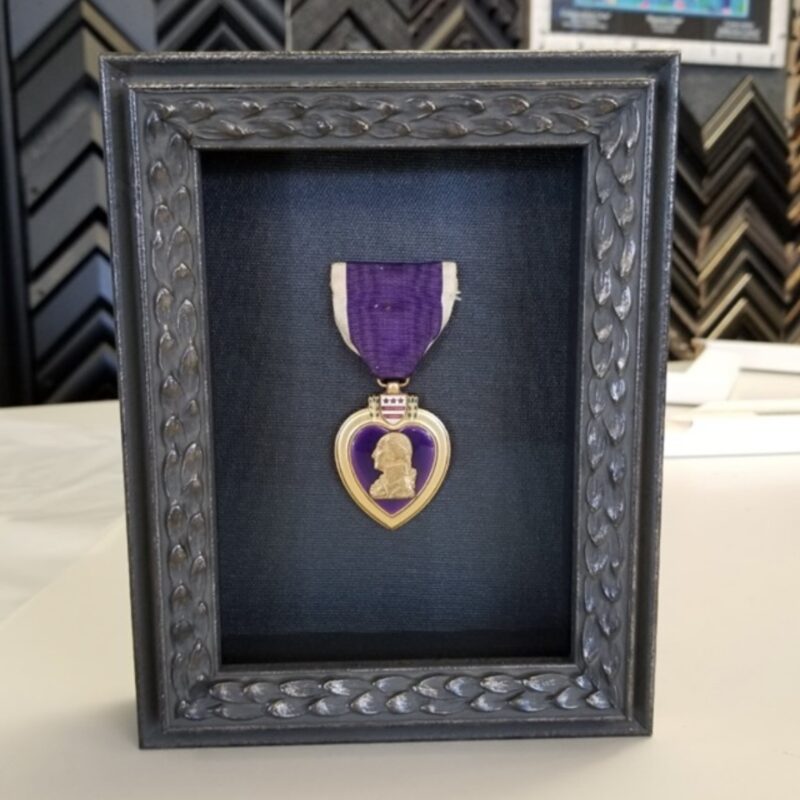
Understanding Shadow Boxes
Essentially, shadow boxes are deep frames that allow you to frame 3D objects. Unlike conventional frames, which are flat and designed for items like photographs or paintings, shadow boxes have depth. This depth creates a “shadow” effect, hence the name. Shadow boxes come in various sizes and depths, depending on what objects they need to accommodate. Typically, they are used for framing jerseys, medals, coins, clothing, 3D art, and other precious keepsakes.
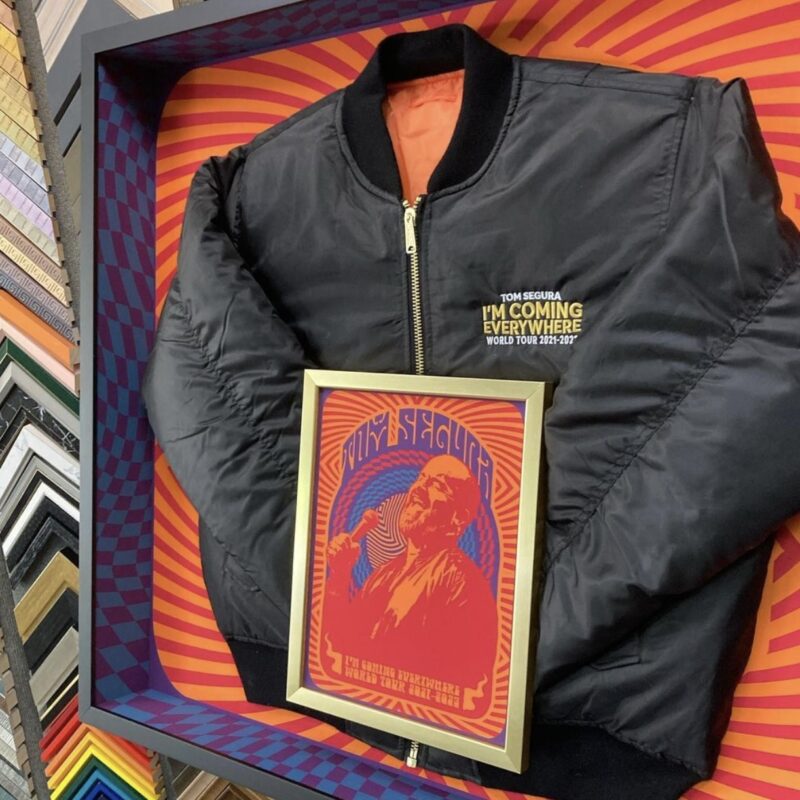
Components of a Shadow Box
- Frame: The outer structure, which is generally made from wood.
- Depth: The space between the back of the box and the glass front.
- Glass/Acrylic: The transparent front that protects the contents while allowing them to be viewed.
- Backing: The rear part of the box, where items are mounted.
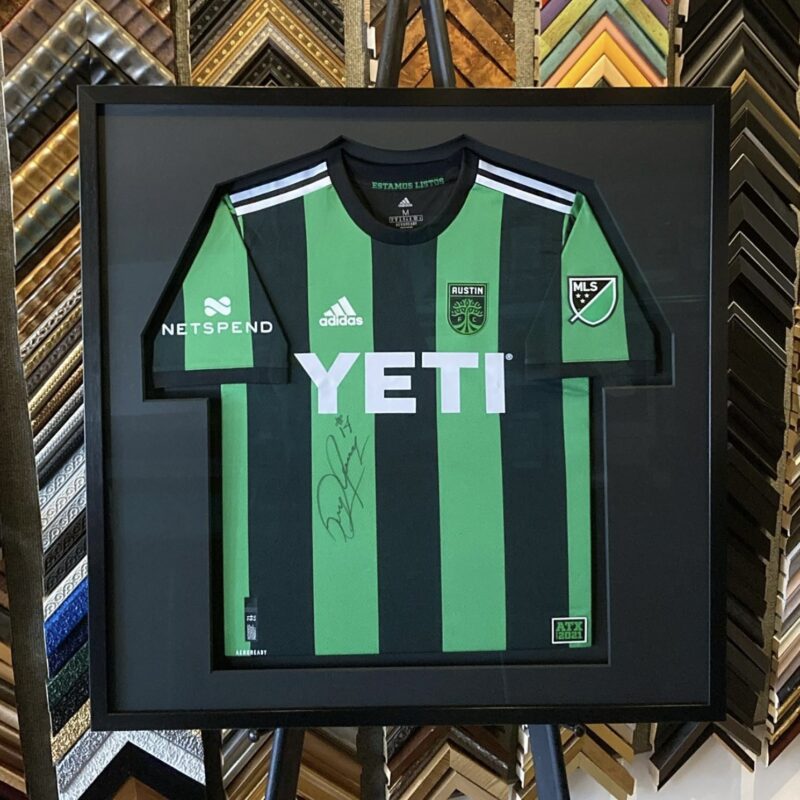
How Shadow Boxes Are Used
Shadow boxes serve both an aesthetic and protective purpose. They are used to:
- Display Collectibles: Ideal for showcasing coins, medals, stamps, and other small collectibles.
- Preserve Memories: Used for memorabilia like sports jerseys, baby items, or wedding souvenirs.
- Exhibit Art: Artists often use shadow boxes for three-dimensional art pieces.
- Create Themed Displays: From military honors to travel souvenirs, they can be themed around a particular subject.
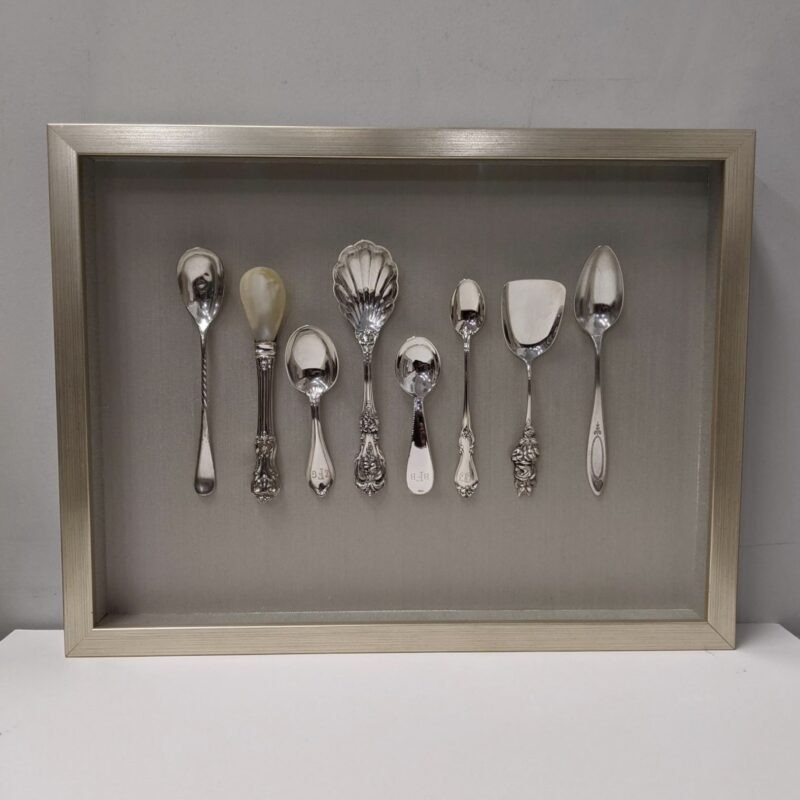
Designing a Shadow Box Display
When creating a shadow box display, consider the following:
- Theme: Decide on a cohesive theme or story for your display.
- Arrangement: Plan how to arrange items. It’s often helpful to lay everything out before securing them.
- Attachments: Use sewing, pins, tapes, or adhesives suitable for the items and the box’s material.
- Background: Choose a matboard or another suitable background material that complements the items.
- Frame material: Choose a frame material that compliments both the framed items and your decor.
- Embellishments: Decide if you want custom embellishments on your frame. For example, a collection of US Army medals might work well with stars on the matboard.

Tips for Effective Shadow Box Displays
- Balance: Ensure a visually pleasing arrangement with balanced spacing.
- Protection: Consider the materials’ durability and whether they need protection from light or moisture. This can be achieved with the right materials and construction methods.
- Visibility: Position items so they can be easily seen and appreciated.
- Personalization: Add a personal touch, like a descriptive plaque or a background image.
- Lighting: If desired, shadow boxes can have internal lighting built-in to make your display stand out, even in the dark.
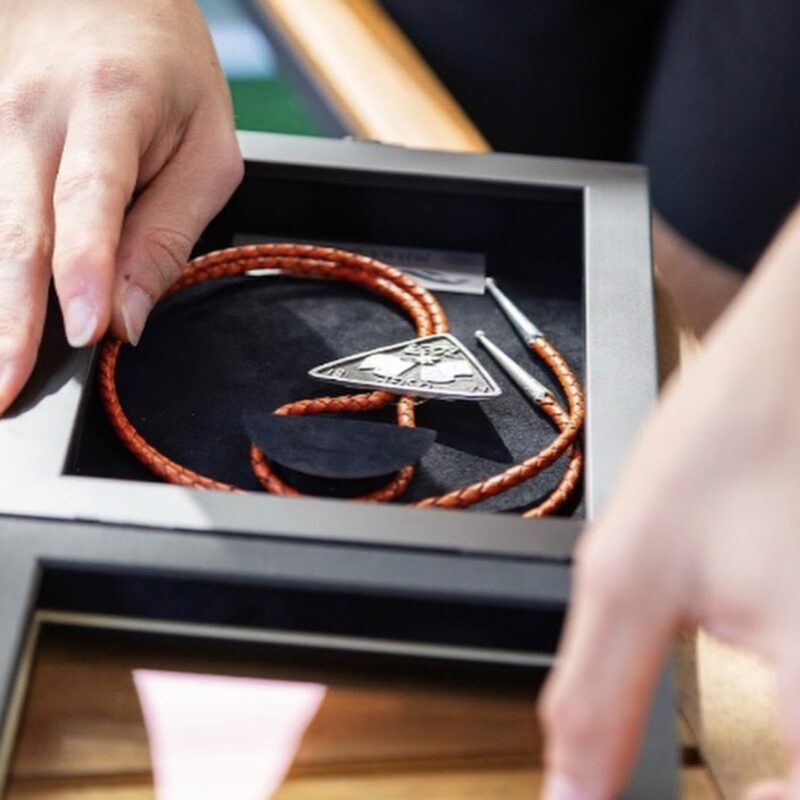
Why Custom Shadow Boxes are Best
Shadow boxes are more than just frames; they are windows into personal histories, artistic expressions, and cherished memories. Their depth and versatility make them an excellent choice for anyone looking to display 3D items in an engaging and protective manner. Whether you’re a collector, an artist, or someone looking to preserve special moments, always choose a custom framer, such as FastFrame, for your shadow box. A custom-made shadow box means that the frame is designed for the objects rather than the objects being designed for the frame!
